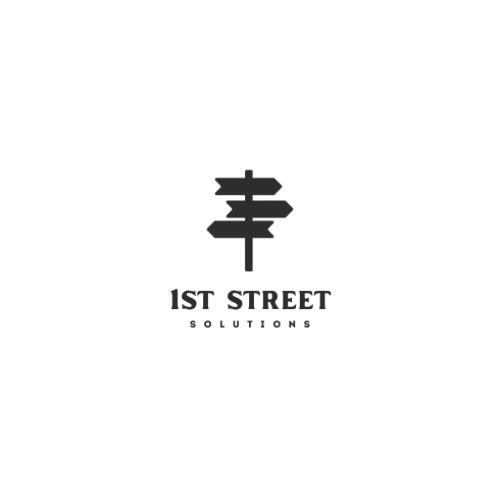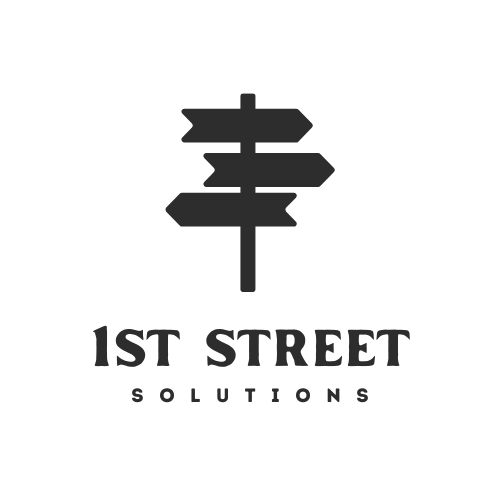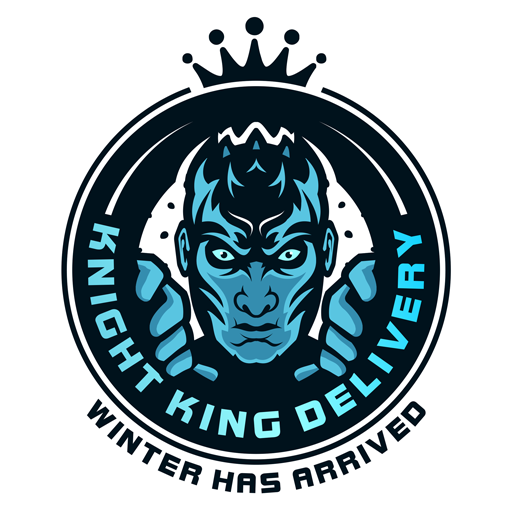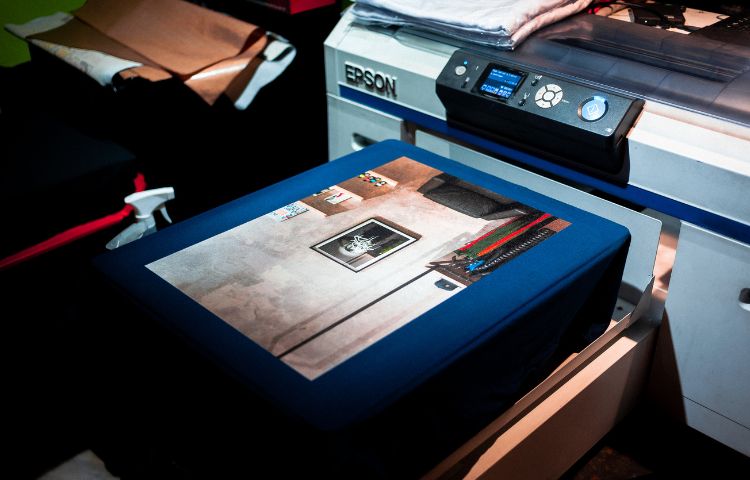In today’s fast-paced digital world, customization is not just a luxury — it’s an expectation. From personalized gifts to branded marketing materials, people want designs that speak directly to their identity or business. This rising demand for tailored print products has given birth to a powerful innovation in the printing industry: Web-to-Print (W2P). It’s not just a technology — it’s a revolution that’s reshaping the way we create, order, and experience printed materials.
What is Web-to-Print, Really?
At its core, Web-to-Print is the seamless integration of web technologies with digital printing services. It allows customers — whether individuals, businesses, or print resellers — to design, customize, and order printed products online using a user-friendly interface. Think of it as a virtual print shop where design, personalization, proofing, and ordering all happen in one place — from the comfort of your laptop or smartphone.
Gone are the days of endless email chains, proof approvals, or the need to physically visit a printing press. W2P solutions provide real-time previews, online editing tools, and instant proof generation, making the process efficient and nearly error-free.
A Game-Changer for Business Efficiency
Beyond convenience, Web-to-Print is a powerful engine of efficiency. It streamlines workflows, reduces overhead costs, and eliminates many manual bottlenecks in traditional print ordering processes. From automated job submission to integrated payment and shipping modules, W2P transforms printing from a service to a scalable, self-service model.
Businesses that adopt W2P solutions often see improved turnaround times and fewer order errors. Orders go straight from the digital storefront to the production queue, reducing delays caused by miscommunication or missing files. The result? Happier customers, leaner operations, and more room for growth.
Empowering Creativity With Control
One of the standout features of Web-to-Print platforms is how they empower users with creative freedom and operational control. Whether you’re designing a wedding invitation, a company brochure, or a batch of business cards, W2P systems offer intuitive interfaces that even non-designers can navigate. With drag-and-drop elements, font choices, and color palettes, the design experience becomes enjoyable and accessible — no graphic design degree required.
At the same time, companies benefit from centralized brand control. For organizations managing multiple branches or franchises, W2P platforms ensure brand consistency by locking down key elements of the design (like logos or corporate colors) while still allowing localized content edits. This ensures a polished, uniform look across all printed materials without sacrificing regional flexibility.
Tailored for Every Need
One of the reasons Web-to-Print has grown so rapidly is its adaptability. It caters to a wide range of users, from small business owners and marketing teams to print brokers and commercial printers. Whether you’re running a local bakery that needs flyers or a multinational firm printing training manuals for global offices, W2P platforms can scale to meet your demands.
Custom catalogs, variable data printing, and product templates make it easy to serve multiple customer segments. For example, a real estate firm might use W2P to let agents create customized “For Sale” signs or flyers with just a few clicks — no graphic designer needed. Meanwhile, a wedding planner might offer clients an online portal to personalize invitations, menus, or thank-you cards, bringing a boutique feel to the digital age.
The Customer Experience Redefined
In an age where user experience is king, Web-to-Print stands out by making the customer journey faster, smoother, and more satisfying. Live previews, instant pricing updates, and integrated order tracking give users confidence and clarity throughout the process. There’s no mystery, no waiting, and no guesswork — just straightforward steps from design to doorstep.
Furthermore, W2P platforms often integrate with customer relationship tools, analytics dashboards, and e-commerce features, offering businesses deeper insights into buyer behavior and preferences. This makes it easier to refine offerings, anticipate needs, and create memorable experiences that foster long-term loyalty.
The Green Side of W2P
An often-overlooked benefit of Web-to-Print is its positive environmental impact. By reducing waste from print overruns, eliminating unnecessary proofs, and enabling more precise order quantities, W2P supports eco-conscious production. The digital-first approach also encourages paperless workflows where possible and reduces the carbon footprint associated with traditional print communication cycles.



